Our Blog

January 10, 2025
Crawl spaces often serve as critical areas for housing essential components like plumbing, electrical wiring, and HVAC systems. However, limited accessibility can turn even simple inspections or repairs into time-consuming and challenging tasks. Improving crawl space accessibility not only saves time and effort during maintenance but also enhances safety and efficiency for both DIY enthusiasts and professionals. A well-organized and easily accessible crawl space allows for quicker identification and resolution of issues, minimizing disruptions and potential damage to your home. Additionally, proper access reduces the risks associated with navigating tight, cluttered, or poorly lit areas, creating a safer environment for anyone working in the space. Whether addressing routine upkeep or handling emergency repairs, improving crawl space accessibility is a smart investment in your home’s functionality and maintenance.

January 8, 2025
Crawl spaces are often an overlooked part of a home, but they can quickly become a magnet for pests if not properly maintained. These hidden areas provide the perfect combination of conditions that pests like rodents, insects, and termites need to thrive: darkness, dampness, and seclusion. The lack of natural light creates an undisturbed, shadowy environment, while moisture from leaks or inadequate ventilation makes the space humid nideal for pests seeking water sources. Additionally, the secluded nature of crawl spaces offers a safe haven from predators, weather conditions, and human activity. These factors make crawl spaces an attractive nesting ground for a variety of pests, which can lead to structural damage, health risks, and costly repairs. Understanding why crawl spaces attract pests is the first step toward implementing effective prevention strategies, ensuring a safer and healthier home environment.

January 6, 2025
Crawl space insulation plays a critical role in maintaining a home’s overall energy efficiency and ensuring a comfortable indoor environment. Often overlooked, crawl spaces can be a significant source of energy loss, especially in homes without proper insulation. By creating a thermal barrier, crawl space insulation helps regulate indoor temperatures, preventing heat loss in the winter and minimizing heat gain during the summer. Not only does this improve the comfort of living spaces above the crawl space, but it also reduces the strain on HVAC systems, leading to lower energy consumption and utility bills. In addition, crawl space insulation plays a key role in minimizing moisture-related issues, such as mold growth and structural damage, which can impact both the home’s integrity and indoor air quality. For homeowners seeking to improve their property’s energy performance, temperature consistency, and long-term cost savings, understanding the importance of crawl space insulation is essential. In this blog, we’ll explore how insulating this often-neglected part of the home contributes to greater energy efficiency, better temperature regulation, and a healthier living environment.

January 3, 2025
A secure and well-built crawl space access door is an essential feature for maintaining the health and functionality of your home. Often overlooked, this entry point serves as the gateway to a vital area of your property that houses plumbing, electrical systems, insulation, and foundational supports. A properly designed access door not only ensures convenient entry for inspections and repairs but also plays a critical role in protecting the crawl space from external threats. An effective access door provides a reliable barrier against moisture, pests, and debris, safeguarding the crawl space from conditions that can lead to structural damage or compromised air quality. Its design and construction should prioritize durability and ease of use, allowing homeowners or professionals to perform routine checks and necessary maintenance without hassle. By investing in a secure crawl space access door, you ensure that this integral part of your home remains accessible and protected, contributing to the overall stability and longevity of your property.
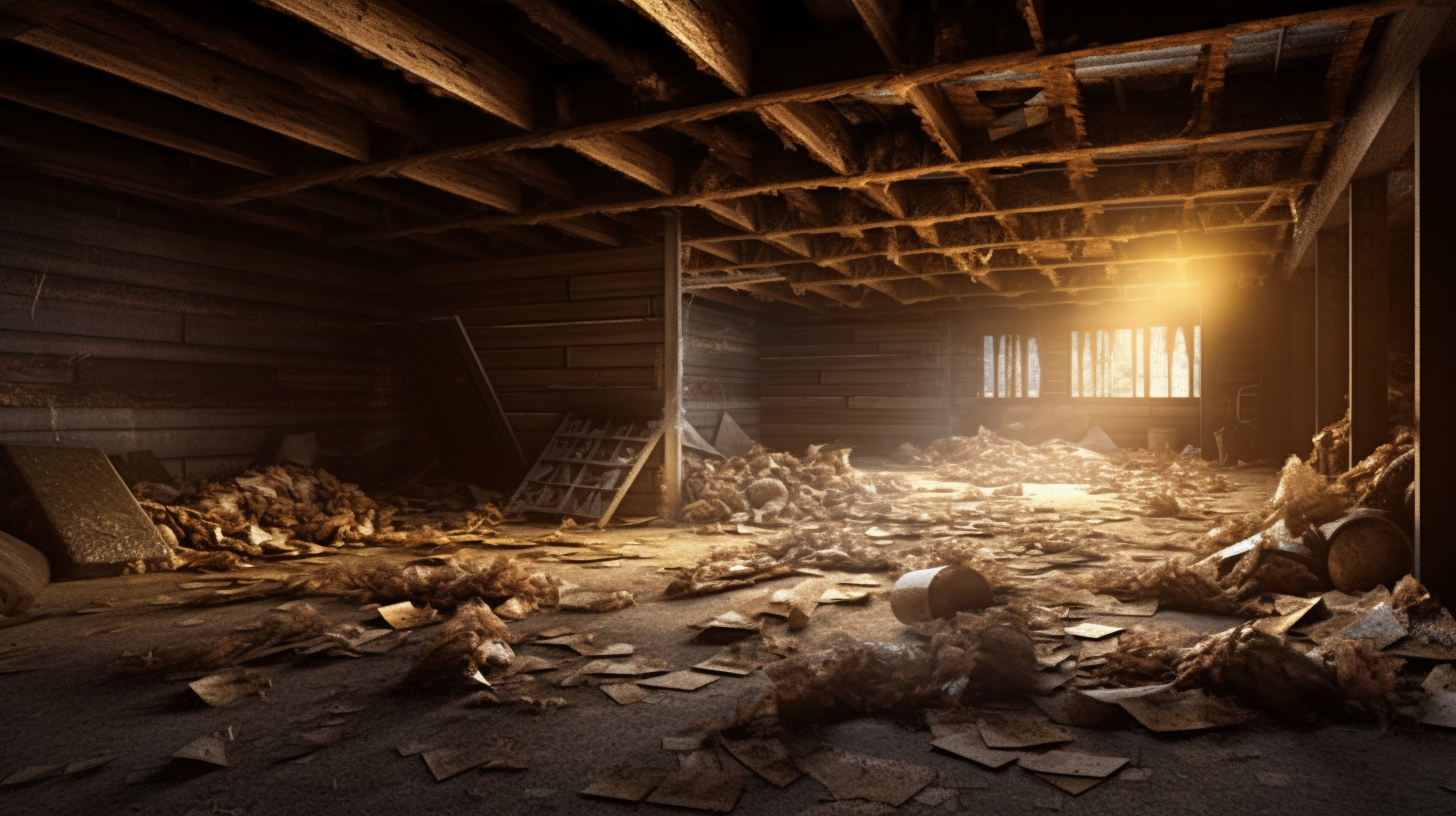
January 1, 2025
Sagging crawl space floors are a common structural issue that can significantly impact the stability and safety of your home. Often overlooked due to their concealed nature, problems in the crawl space can manifest as uneven or sinking floors in your living areas. Recognizing the root causes of sagging floors is the first step toward addressing the issue effectively and preventing further damage. One of the primary causes of sagging floors is weakened support beams. Over time, these beams can degrade due to age, poor installation, or sustained pressure from the weight of the home. Excessive moisture in the crawl space is another significant contributor, as high humidity and standing water can lead to wood rot and compromise the integrity of structural components. Additionally, foundation settling caused by soil movement or inadequate footing can disrupt the stability of the crawl space, resulting in uneven or sagging floors. This blog will delve into the causes, consequences, and solutions for sagging crawl space floors, providing the knowledge you need to restore your home’s structural integrity and ensure a safe living environment.
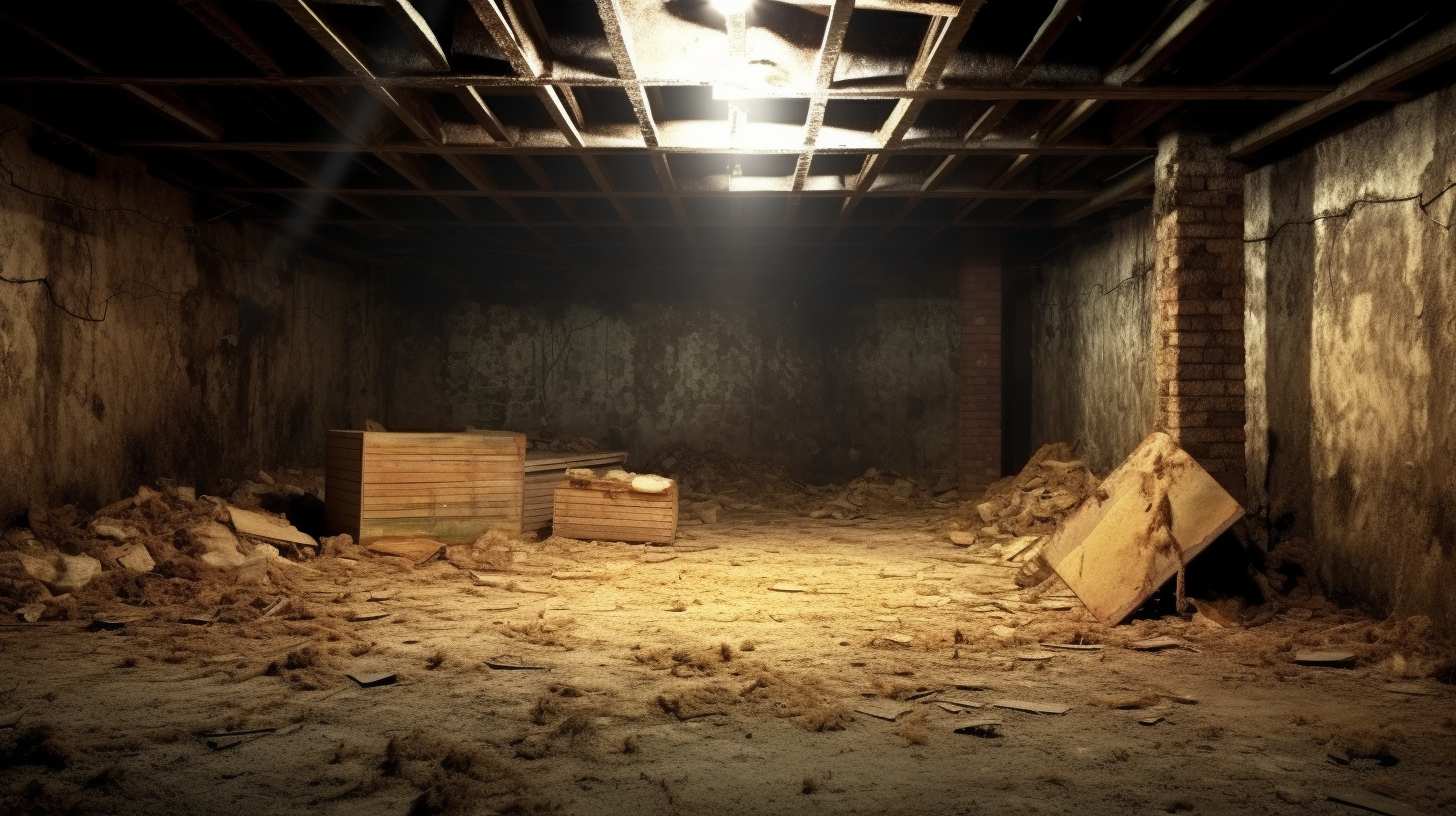
December 30, 2024
The crawl space beneath your home plays a vital role in maintaining the overall health and stability of your property. One critical aspect of this area is the plumbing infrastructure, which, if compromised, can lead to a cascade of issues that affect both your home and its inhabitants. Ensuring the integrity of crawl space plumbing is not just about preventing inconvenience—it’s a matter of protecting your home’s structural foundation and maintaining a safe, healthy living environment. Even minor leaks in the crawl space can have far-reaching consequences. Water damage from faulty plumbing often creates the perfect conditions for mold growth, which poses significant health risks and can spread to other parts of your home. Persistent moisture can also weaken wood and other structural components, leading to costly repairs and compromising the stability of your property. This blog explores the importance of maintaining crawl space plumbing integrity, shedding light on the risks of neglect and offering practical steps to ensure your home remains safe, dry, and resilient against potential damage. By addressing plumbing issues early, you can safeguard your home’s foundation and prevent long-term problems that could otherwise impact its value and livability.
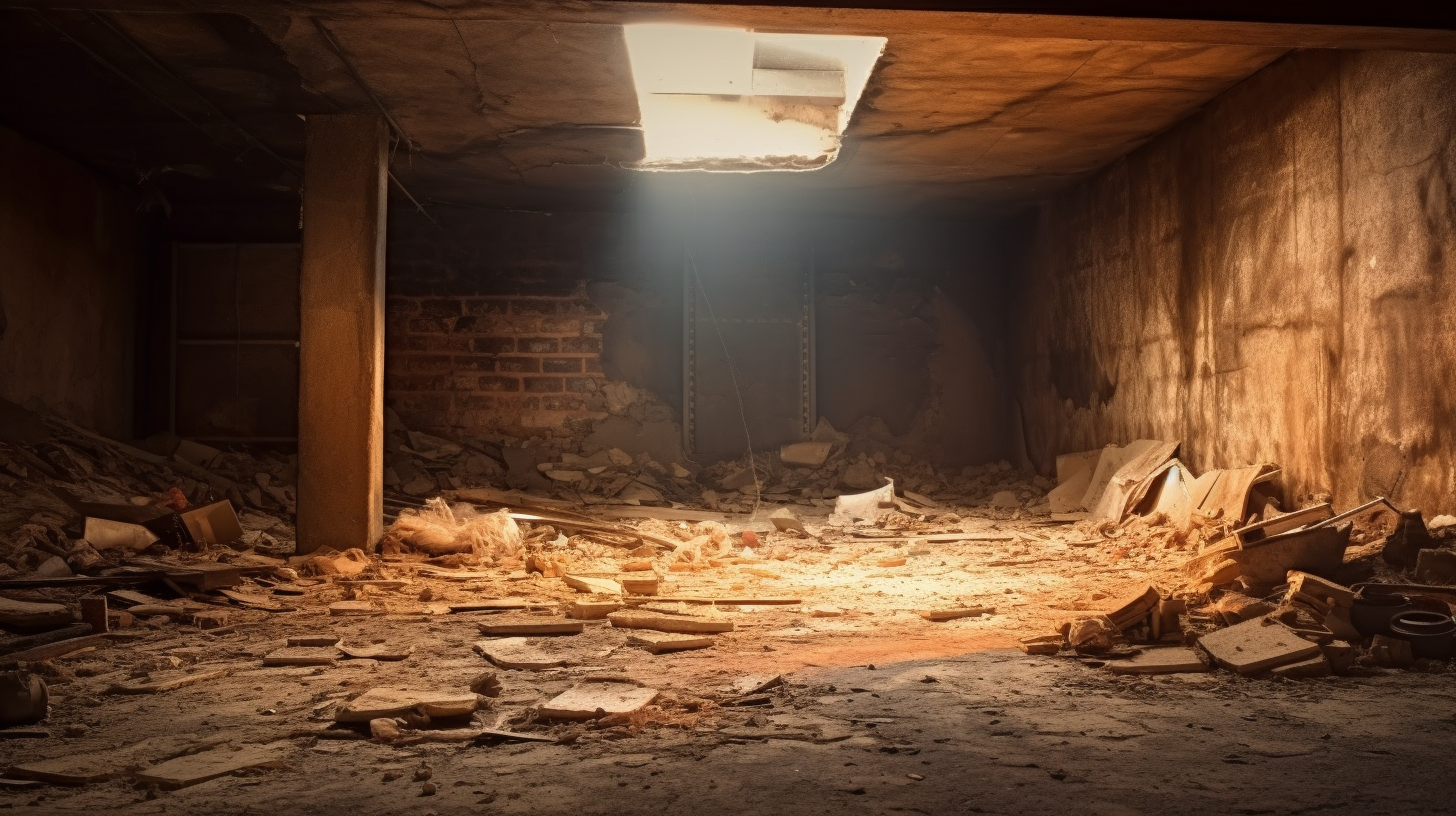
December 27, 2024
The condition of your crawl space plays a pivotal role in determining the overall air quality and environment of your home. As a foundational element, the crawl space is more than just a hidden, underutilized area—it directly influences the health, comfort, and structural integrity of your living spaces. When crawl space air quality is compromised, it can have far-reaching effects that extend well beyond its confines. Poor crawl space conditions, such as high humidity, standing water, or lack of ventilation, create an ideal environment for mold growth, pest infestations, and the development of musty odors. These issues not only threaten the crawl space itself but can infiltrate your home's air through a phenomenon known as the stack effect, where air rises from the crawl space into the upper levels of your home. This can lead to increased allergens, unpleasant smells, and even potential health risks for your family. Understanding and addressing crawl space air quality is essential for creating a healthier living environment, protecting your home's structural elements, and enhancing overall energy efficiency. In this blog, we’ll explore the key aspects of crawl space air quality, its impact on your home, and practical solutions to mitigate common issues.
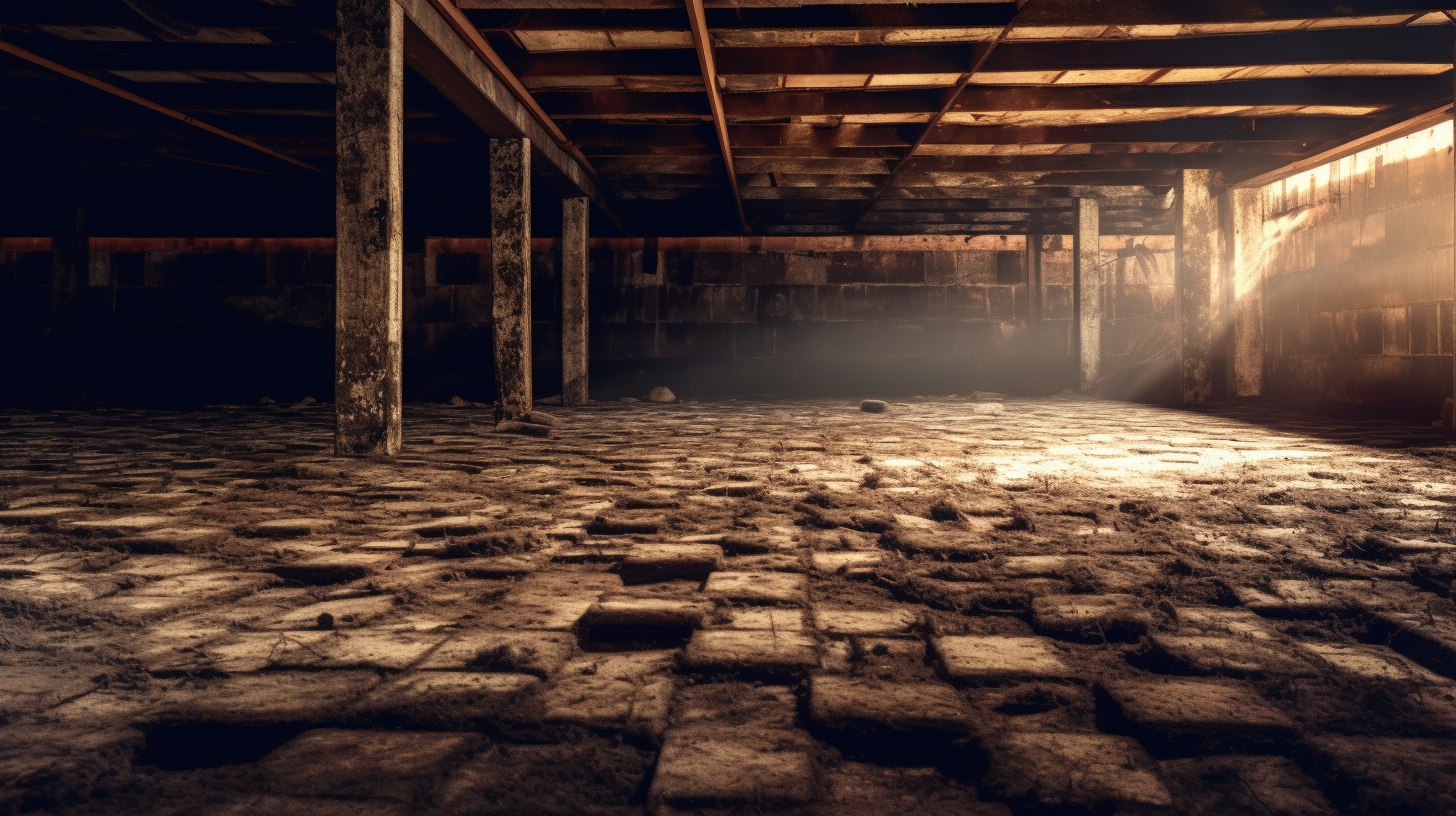
December 25, 2024
In today's digital age, the internet offers a wealth of resources and guidance on do-it-yourself (DIY) projects, empowering homeowners to take control of improvements and repairs. One such popular trend is DIY encapsulation, a method often applied to areas like crawl spaces to enhance energy efficiency, reduce moisture problems, and improve overall home durability. However, while the idea of saving costs and engaging in a hands-on project is appealing, it is crucial to carefully evaluate whether DIY encapsulation aligns with the specific needs of your home and your level of skill and expertise. Undertaking a project of this nature involves much more than enthusiasm—it requires an understanding of technical processes, potential risks, and the unique characteristics of your property. Missteps can lead to costly damage, safety concerns, or ineffective results, negating the perceived benefits of a DIY approach. This blog explores why assessing your suitability for DIY encapsulation is an essential first step. By focusing on factors such as the scope of the project, the materials required, and the potential challenges, you can make an informed decision that ensures your investment of time and effort yields a successful outcome. In this article, we’ll delve into the key considerations that will help you determine whether DIY encapsulation is the right path for you. From evaluating your home’s specific needs to assessing your level of DIY expertise, this guide is designed to empower you with the knowledge to make a confident and informed choice.
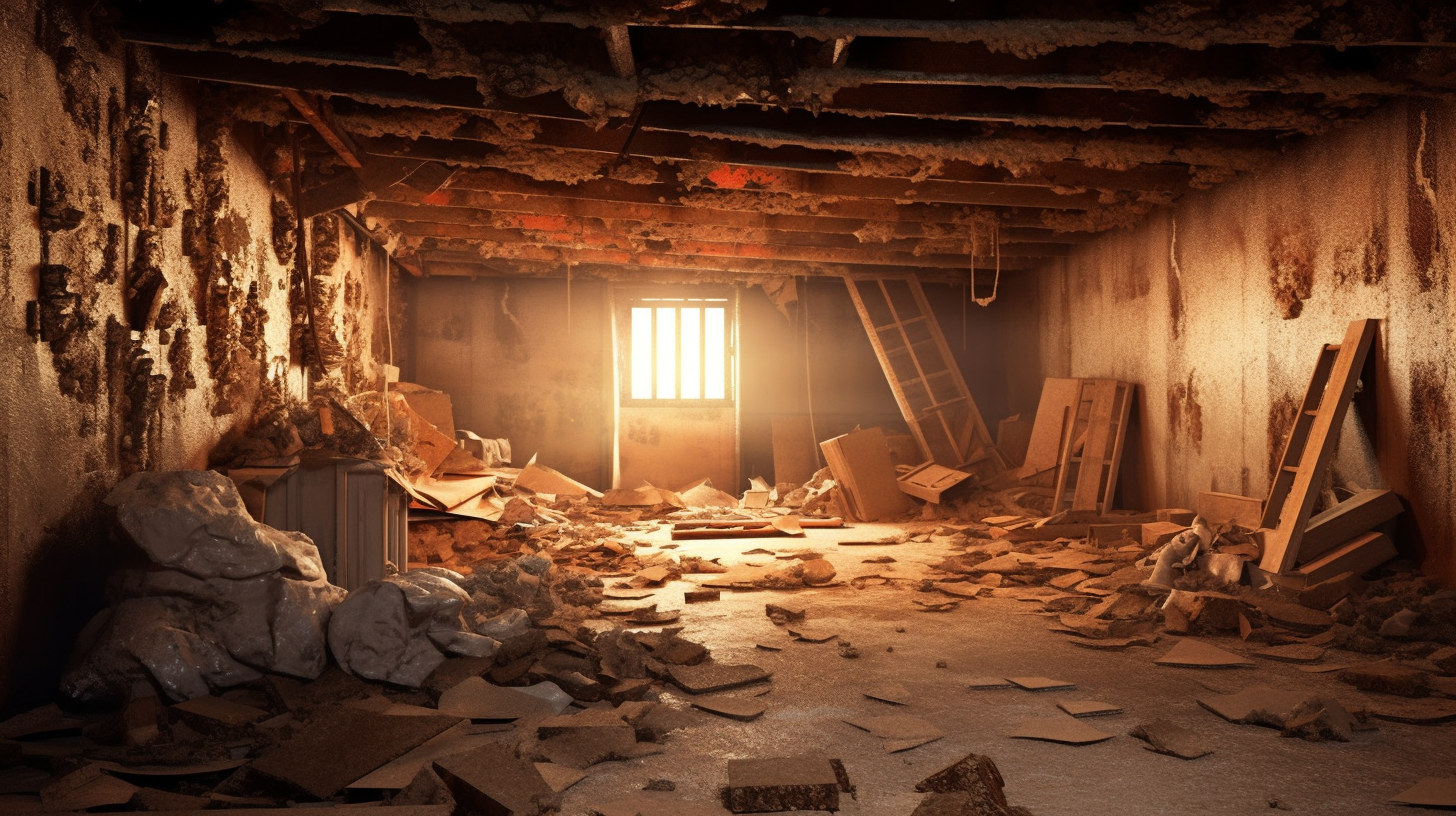
December 23, 2024
Your crawl space plays a crucial role in maintaining the structural integrity of your home. It serves as the foundation for floors, walls, and essential systems, yet it is often out of sight and therefore overlooked. Recognizing early signs of structural issues in your crawl space can help prevent minor problems from escalating into costly repairs. Structural problems in crawl spaces can manifest in several ways. Interior symptoms like uneven or sagging floors, doors and windows that stick or misalign, and cracks in walls or ceilings often indicate underlying issues in the crawl space. Within the crawl space itself, cracked or bowed foundation walls, rotting or damaged support beams, and water pooling around structural components are clear signs of trouble. These issues often stem from a combination of factors. Excess moisture or standing water can lead to wood rot and mold, weakening the structural integrity of beams and supports. Poor soil conditions beneath the foundation may cause settling or shifting, placing stress on the crawl space's structural elements. Insufficient or damaged support piers can fail to provide the necessary stability, while pest infestations, such as termites, further degrade wood structures. Understanding these signs and their causes is essential for maintaining the health of your crawl space and the safety of your home. This blog will explore the common symptoms, root causes, and solutions for addressing structural issues in crawl spaces, empowering you to take proactive measures to protect your property.
Looking for a reliable and professional company to take care of your crawl space, basement and gutter needs? Look no further than Trench Guys! We have years of experience in the industry and can provide you with top-quality services at a competitive price. Contact us today to get started!
CONTACT INFORMATION
Phone: 478-236-6403
Email: Wedigmiddlega@gmail.com
Address: Macon, GA
Business Hours:
Mon-Fri: 6:00 AM - 5:00 PM
Sat-Sun: Closed
ADDITIONAL INFORMATION
Us Across The Web
Geo
Neighborhoods
Niche
© 2025
All Rights Reserved | Trench Guys
Privacy Policy | Terms & Conditions | Sitemap


